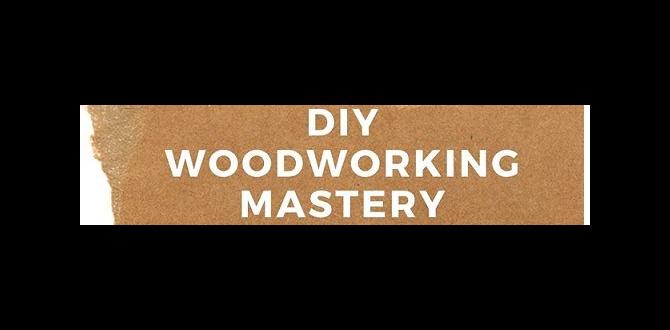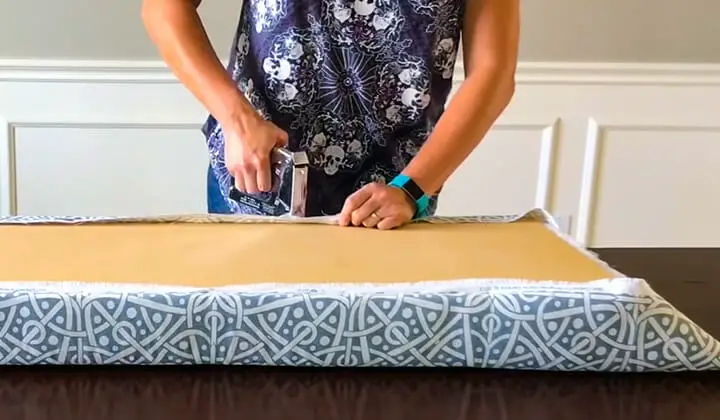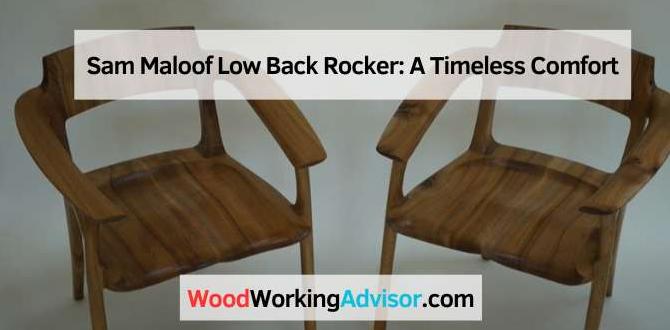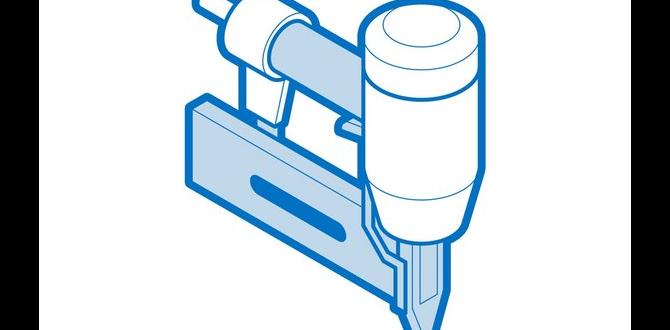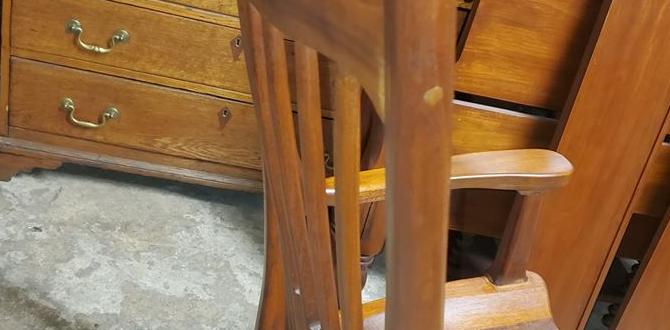Have you ever wondered how to make kindling for your outdoor fire? Starting a fire can be tricky, especially if you don’t have the right materials. But don’t worry! Making kindling is simple and fun.
Imagine sitting around a warm fire on a chilly night. The flames dance, and the crackling sound fills the air. To get that fire going, you need kindling. It’s the small, dry wood pieces that catch fire quickly, helping your larger logs burn. Did you know that creating your own kindling can be a great outdoor activity?
In this guide, we will show you how to make kindling easily. You’ll learn different methods and tips to gather what you need. Whether you’re camping in the woods or just enjoying a bonfire, knowing how to make kindling will help you start a great fire every time. Let’s spark your interest in fire starting!
Table of Contents
How To Make Kindling: A Simple Guide For Fire Starters
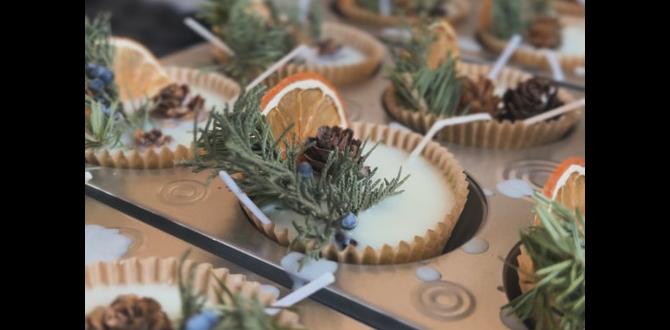
How to Make Kindling: A Simple Guide for Fire Starters
Making kindling doesn’t have to be hard. With just a few simple steps, you can create your own fire starters using items like dry twigs, cardboard, and even newspaper. Did you know that kindling helps fireplace fires take off quickly? It’s true! By knowing how to make effective kindling, you can enjoy warm evenings outdoors. Imagine gathering around a campfire, sharing stories while the flames crackle. Let’s explore how to set that scene!Understanding Kindling: The Essentials
Definition and purpose of kindling in firestarting. Differences between kindling and other firewood.Kindling is small, dry sticks and twigs. It helps start a fire quickly. Think of it as the starter for your campfire. Without kindling, it can be hard to light the bigger logs. Here are some key differences between kindling and other firewood:
- Size: Kindling is smaller than regular firewood. Regular wood is larger and takes longer to catch fire.
- Moisture: Kindling is usually very dry. Dry wood catches fire easily, while wet wood does not.
- Use: You use kindling first. Then, you add larger logs once the fire is going well.
What is the best type of kindling for starting a fire?
The best type of kindling includes dry twigs, small branches, and shredded paper. These materials catch fire easily and help ignite larger logs quickly.
Types of Kindling Materials
Natural options: twigs, dry leaves, and bark. Manmade options: newspaper, cardboard, and commercial fire starters.When starting a fire, picking the right kindling is key. Natural options are easy to find. You can use:
- Twigs
- Dry leaves
- Bark
These items catch fire quickly. Manmade options work well too. You might try:
- Newspaper
- Cardboard
- Commercial fire starters
Each type of kindling has its benefits. Choose what works best for you!
What are common types of kindling materials?
You can find both natural and manmade kindling materials. Natural choices include twigs, dry leaves, and bark. Manmade options are newspaper, cardboard, and fire starters. Both types help ignite your fire easily!
Tools Required for Preparing Kindling
Basic hand tools: hatchet, knife, and saw. Safety equipment: gloves and eye protection.To prepare kindling, you need a few basic tools. These tools help you make small pieces of wood that start a fire easily. Here’s what you should have:
- A hatchet for chopping wood.
- A knife for cutting and shaping.
- A saw to help with larger pieces.
Safety is also important. Wear gloves to protect your hands and eye protection to keep your eyes safe from flying wood chips.
What tools do I need to make kindling?
You need a hatchet, a knife, and a saw to make kindling. Remember to wear gloves and eye protection for safety!
Step-by-Step Guide to Making Kindling
Gathering the proper materials. Preparing natural kindling: cutting and sizing techniques. Creating manmade kindling: effective methods to shred and crumple.Gather the right materials for your kindling. Look for small twigs, dry leaves, or thin strips of bark. These natural items catch fire easily. For manmade kindling, use cardboard, paper, or even egg cartons. Cut or break the twigs into smaller pieces. Keep them about the size of a pencil. For paper, shred or crumple it into tight balls. Both methods make excellent fire starters. With these simple steps, you’ll have kindling ready to help you start a cozy fire.
What are the best materials for making kindling?
For the best kindling, use dry twigs, dry leaves, and shredded paper. These materials ignite easily and help start your fire faster.
Best Practices for Storing Kindling
Ideal storage conditions to maintain dryness. Organizing kindling for easy access.To keep kindling dry, store it in a cool, dry place. Avoid damp areas, as moisture can ruin your supply. Use airtight containers or plastic bins to keep the wood safe from rain and humidity. For easy access, organize your kindling in a way that makes it simple to grab. You can use a labeled basket or a dedicated shelf. This way, you can quickly find what you need for your fire.
What are the best ways to store kindling?
The best ways to store kindling include keeping it in a dry location, using airtight containers, and organizing it for easy access.
Quick Tips:
- Store in a cool, dry space.
- Use plastic bins for protection.
- Label your storage for easy access.
Common Mistakes to Avoid When Making Kindling
Using wet or seasoned wood. Overlooking safety measures during preparation.Making kindling can be tricky, especially if you have a soggy log in your hands. Using wet wood will lead to a smoldering disappointment instead of a cozy fire. Always opt for dry, seasoned wood that sparks joy. Also, don’t forget safety! Cutting wood without goggles or gloves is like trying to eat soup with a fork—it just doesn’t work! Here’s a quick table to keep you on track:
| Common Mistakes | Why to Avoid |
|---|---|
| Wet Wood | It won’t catch fire easily. |
| No Safety Gear | You might end up with splinters or worse! |
Stay sharp and make your kindling right, and you’ll have your fire roaring in no time!
Creative Uses for Kindling Beyond Fire Starting
Crafting projects and DIY decor ideas. Emergency preparedness and survival scenarios.Kindling can be used for more than just starting a fire. It can spark your creativity! Use small sticks and twigs for fun crafts. Make picture frames or nature-themed decorations. Kindling also helps in emergency situations. It can be useful for building shelters or signaling for help. In a survival scenario, it’s great for making small traps or fishing gear.
- Crafting projects
- DIY decorations
- Emergency shelters
- Signal fires
- Making traps
What can I make with kindling for crafts?
You can create birdhouses, frames, or rustic centerpieces. These projects are fun and easy. Use paint for a colorful touch! Get creative and enjoy your crafting journey!
Tips for Enhancing Fire Starting Techniques
Combining kindling with other firestarting methods. Utilizing fire starters for efficient ignition.To start a fire easily, combine kindling with other methods. This makes igniting fires more reliable. Use dry leaves or thin sticks along with your kindling. They catch fire quickly and help the flames grow. Also, consider using fire starters like cubes or sticks. They provide extra help in making fires.
- Use thin sticks as extra kindling.
- Mix dry grass with your kindling.
- Fire starter cubes can ignite quickly.
- Look for dry materials to use.
What are fire starters?
Fire starters are tools that help ignite a fire faster and easier. They can be found in stores or made at home. Common examples include lighter cubes or newspaper rolled into balls.
Conclusion
In conclusion, making kindling is easy and fun. Start by gathering small twigs, dry leaves, and paper. Cut them into manageable pieces. Use your kindling to help start a fire safely. Remember, practice makes perfect! We can all enjoy cozy fires with a little effort. For more tips, check out other fire-starting guides and become a pro!FAQs
What Materials Are Best For Making Kindling For A Fire?To make kindling for a fire, you can use small sticks, dry leaves, and pine needles. You can also use crumpled paper or cardboard. These materials catch fire easily and help make the flames bigger. Always be careful and ask an adult for help when starting a fire!
How Do You Properly Prepare And Cut Wood To Create Effective Kindling?To prepare kindling, you start with small sticks or twigs. Make sure they are dry. You can use a hatchet or a sharp knife to cut the wood into thin pieces. Aim for sizes like a pencil or your finger. Finally, stack your kindling near your fire pit but keep it dry until you’re ready to use it!
What Are Some Alternative Methods For Making Kindling If I Don’T Have Access To Traditional Wood?You can make kindling from different materials if you don’t have regular wood. Paper is great—tear it into small pieces. You can also use dry leaves or pine needles. Cardboard can work, too, especially if you cut it into strips. Even small twigs from bushes can help start your fire!
How Can I Store Kindling To Keep It Dry And Ready For Use?To keep your kindling dry, store it in a covered container. You can use a plastic tub or a cardboard box. Make sure it is off the ground, like on a shelf or a pallet. Keep it in a dry place, away from rain or snow. Check it often to make sure it stays dry and ready to use!
What Safety Precautions Should I Take When Starting A Fire Using Kindling?When starting a fire with kindling, always have an adult nearby to help you. Make sure the area is clear of anything flammable, like leaves or papers. Use a safe spot, like a fire pit or a fireplace. Have a bucket of water or a fire extinguisher close to put out the fire if needed. Finally, never leave the fire alone; always watch it!
